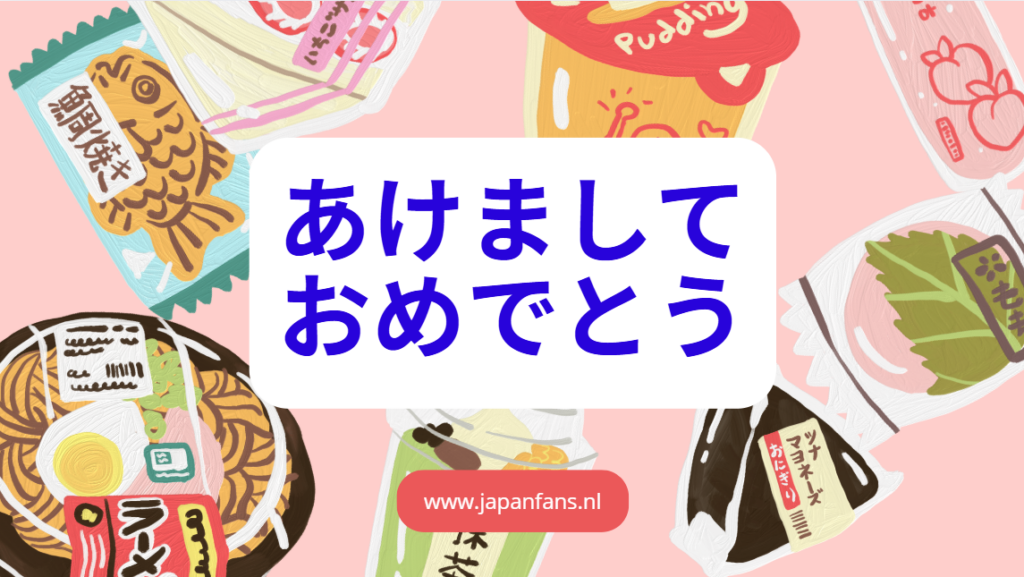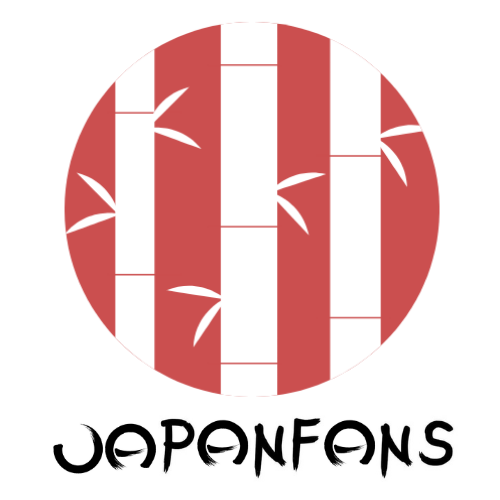In Utrecht, Japan Fans celebrate Oshōgatsu with Japanese games and, most importantly, a wide array of delicious Japanese treats. But how do the Japanese themselves traditionally observe this cherished holiday?

How Japanese People Celebrate the New Year (Oshōgatsu)
New Year, or Oshōgatsu, is one of the most significant and widely celebrated holidays in Japan. Unlike many Western traditions centered around parties and fireworks, the Japanese approach to welcoming the new year is steeped in centuries-old customs, family gatherings, and moments of quiet reflection. Here’s a closer look at how Japanese people celebrate the arrival of the new year and why this time of year is so special.
Oshōgatsu Preparations: Cleaning and Decorating
The lead-up to Oshōgatsu is almost as important as the holiday itself. In December, many households and businesses participate in a thorough cleaning called osōji. This practice symbolizes clearing out the past year’s clutter and bad luck, making space for a fresh start.
Homes are then decorated with traditional ornaments like kadomatsu (arrangements of pine, bamboo, and plum branches) and shimenawa (straw ropes adorned with white paper strips). These decorations are thought to invite good fortune and ward off evil spirits.
New Year’s Eve: Ōtsukimi-soba and Joya no Kane
On December 31st, families come together to enjoy a bowl of toshikoshi-soba, or “year-crossing noodles.” The long noodles represent longevity and the hope for a long and prosperous life. Eating them is a symbolic way to leave behind the hardships of the past year.
As midnight approaches, temples across Japan perform the ritual of joya no kane. This involves ringing the temple bell 108 times, representing the 108 earthly desires that, according to Buddhist belief, lead to human suffering. By hearing the bell, people purify themselves and prepare their minds for the coming year.
New Year’s Day: Family, Food, and Traditions
The first few days of January are spent with family, observing long-standing traditions. Many people wake up early on January 1st to witness the first sunrise of the year (hatsuhinode), a practice believed to bring good luck. Visiting a shrine or temple for hatsumōde, the first prayer of the year, is another essential custom. People pray for health, happiness, and prosperity while drawing fortune slips called omikuji to see what the year holds.
Traditional New Year’s Foods: Osechi Ryōri
Food plays a central role in Japanese New Year celebrations, with families preparing or purchasing osechi ryōri, a collection of beautifully arranged dishes. Each item has a symbolic meaning: sweet black beans (kuromame) represent good health, herring roe (kazunoko) symbolizes fertility, and sweet rolled omelet (datemaki) signifies learning and success.
Another popular dish is ozōni, a soup featuring mochi (rice cakes), vegetables, and various regional ingredients. Sharing these meals with loved ones reinforces the themes of unity and gratitude.
Exchanging New Year’s Greetings: Nengajō and Otoshidama
New Year’s greetings are exchanged through nengajō, festive postcards sent to friends, family, and colleagues. These cards often feature designs like the zodiac animal of the year and convey wishes for a prosperous year ahead.
When wishing someone a Happy New Year in Japanese, people often say Akemashite omedetō gozaimasu, which translates to “Congratulations on the New Year.”
Children eagerly look forward to receiving otoshidama, small envelopes filled with money from parents and relatives. This custom adds an extra layer of excitement to the celebrations.
Oshōgatsu – A Time for Reflection and Renewal
While the festivities wind down by January 3rd, the spirit of Oshōgatsu lingers as a reminder to approach the new year with optimism and gratitude. For many Japanese people, it’s not just about celebrating; it’s about renewing connections, reflecting on personal growth, and setting intentions for the future.
Conclusion
Japan’s New Year celebrations are a perfect blend of tradition, family, and spirituality. Whether it’s the soothing chime of temple bells, the taste of osechi ryōri, or the heartfelt exchange of nengajō, every aspect of Oshōgatsu reflects a deep respect for the past and hope for the future. Experiencing or even learning about these customs offers valuable insights into Japanese culture and its emphasis on harmony and renewal.
